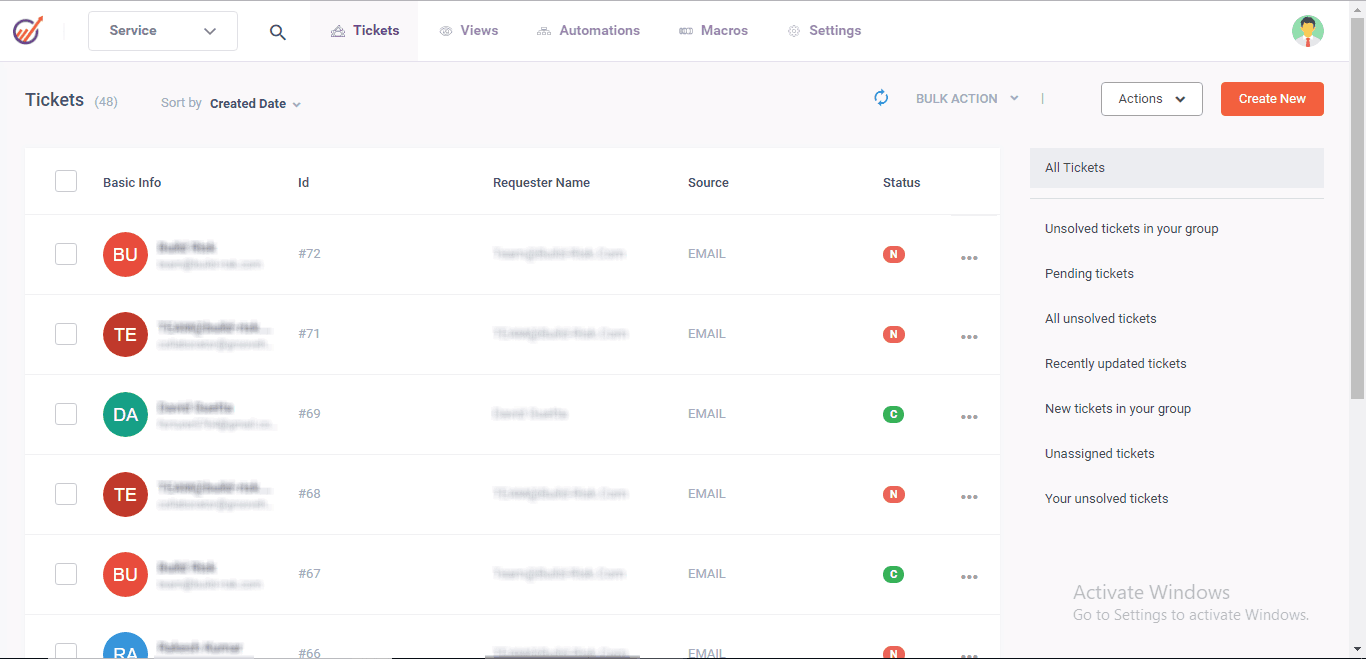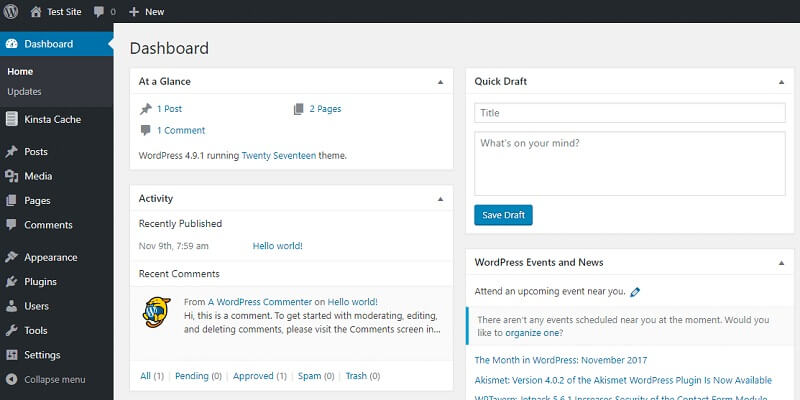Data is now the main instrument utilized in the consumer packaged goods (CPG) sector to support strategic decision-making in the current dynamic economic environment; where customer tastes are changing quickly, and fierce rivalry exists. Making the most of CPG data analytics has become crucial for companies trying to gain a competitive edge, increase revenue, and enhance their operations.
Analyzing the massive amounts of data generated along the CPG chain, CPG analytics services providers are critical in providing actionable insights that foster innovation, enhance customer satisfaction, and ultimately boost profits.
In the highly competitive CPG industry, company executives frequently face the following queries:
- Which goods will follow suit next?
- What is the top clients’ purchasing power?
- Which discounts, and at what time, will appeal to internet users?
- Which kind of marketing is most effective at attracting new clients?
Today, the consumer packaged goods (CPG) business generates enormous data. For CPG organizations to obtain meaningful insights and make money from retail and supply chain operations, they must invest, organize, and analyze data appropriately.
Big data and advanced analytics may predict shifting trends in the CPG industry and create a progressive strategy to drive profitable expansion in a turbulent global market. According to prominent management consulting firm McKinsey; companies in the consumer packaged goods (CPG) industry that excel at revenue-growth management (RGM) and data analytics emerge ahead of the competition.
Data And Cpg Analytics Benefits
CPG companies can apply big data and advanced analytics to various areas; including customer behavior, product development, and portfolio strategy. These are a few main advantages of big data and analytics for CPG companies.
Supply Chain Management Is Made Simpler
Data analytics simplifies intricate supply chain structures and processes, facilitating information flow, removing pointless connections, increasing productivity, and cutting costs. Businesses may gain a comprehensive understanding of their supply chain, from planning to sourcing, manufacturing, warehousing, transportation, and point of sale, with the help of big data and analytics.
Better outcomes and a transformation in supply chain performance can be achieved through the precision and efficiency of data and CPG analytics.
Improvised Inventory Management
Accurate planning, forecasting, and inventory optimization using data can help CPG companies save money, space, and resources—particularly regarding unsold inventory.
Effective inventory management across divisions and locations worldwide is made easier by data consolidation; which lowers expenses and overage while enhancing attention to profitable commodities.
Value-based advertising campaigns
Product marketing is constantly dependent on the preferences of the target market. Predictive analytics and data are gathered from various sources; including user registrations, social media, and company websites. These tools evaluate the viability of key performance indicators (KPIs), track multiple communication channels, and gain insights into clients’ purchasing habits.
Additionally, data and analytics provide insights into customers’ purchasing interests, preferences, and emotions, enhancing marketing strategy and optimizing expenditure. However, overcoming barriers to marketing analytics is essential to fully leverage these insights. A robust analytics and data infrastructure may support marketing initiatives and increase return on investment.
Efficient Personalization For Customers
A lot of information about consumer purchasing and spending patterns is available nowadays. Using this consumer data for personalization is imperative for CPG marketers. They must be comprehensively aware of how consumers utilize and access marketing materials and how those actions affect their purchasing decisions; perceptions of the products, and sales.
With this information, marketers will be able to reach consumers with communications that are relevant, timely, and customized. Thus, marketers can now develop experiences that are far more personalized and “human” across channels and purchase stages because of advancements in technology, data, and analytics.
Enhanced Agility
CPG companies can endure quick changes in the market and predict and adapt to changing buyer demographics with the use of data and analytics. Decision-making is made less guesswork because of data, and leaders who shape strategy can concentrate on extracting valuable insights from it. This facilitates prompt action and the development of plans for improved business results.
Conclusion
Investing in CPG data analytics yields exponential returns on investment. To increase their bottom line, businesses must invest significantly in big data and advanced analytics. With these two elements; companies can concentrate on providing clients with services that have an impact.
In the near run, monitoring CPG data insights will provide a precise account of the continuous activities occurring across several retail sites. Measuring and monitoring this data can help companies make better decisions about resource allocation and guarantee that supply chain solutions and processes are producing the best results over the long run.



